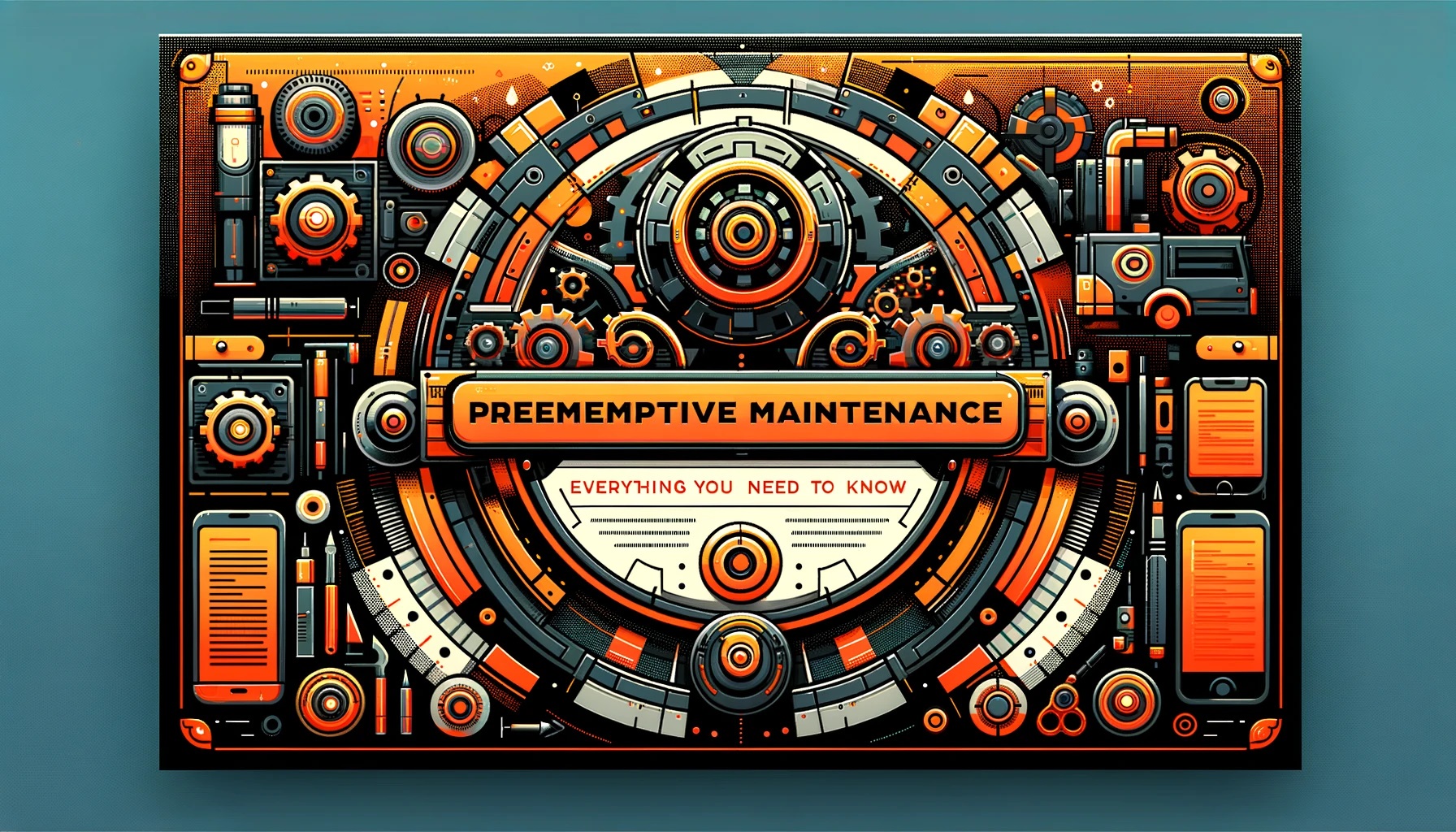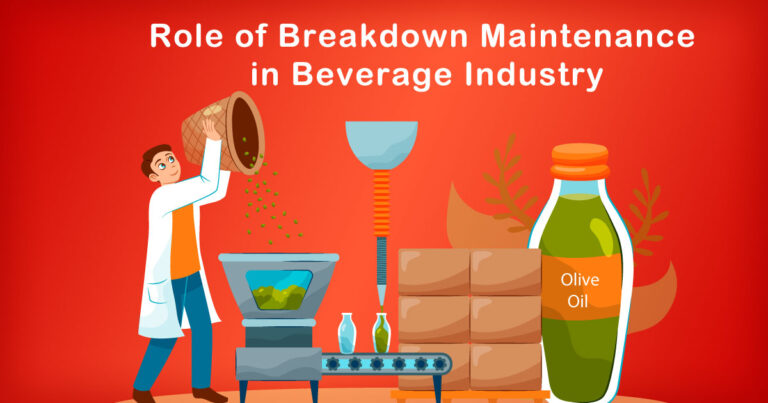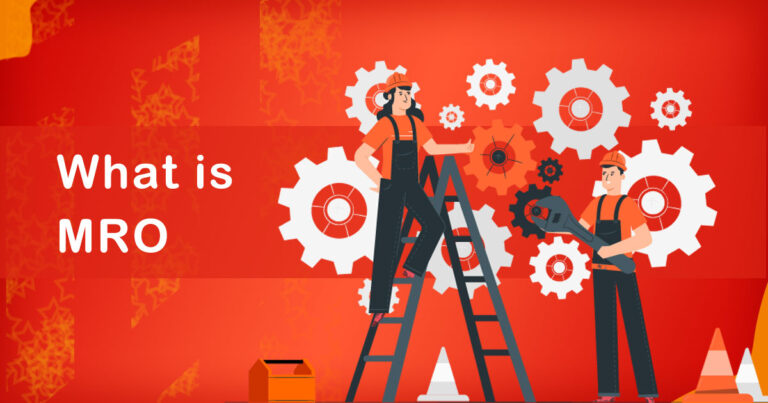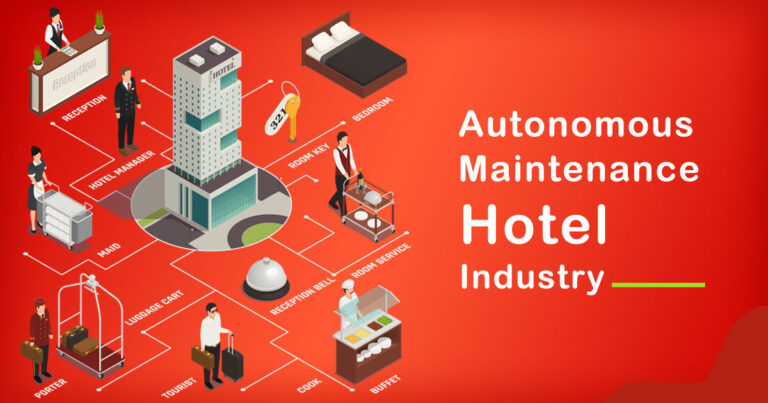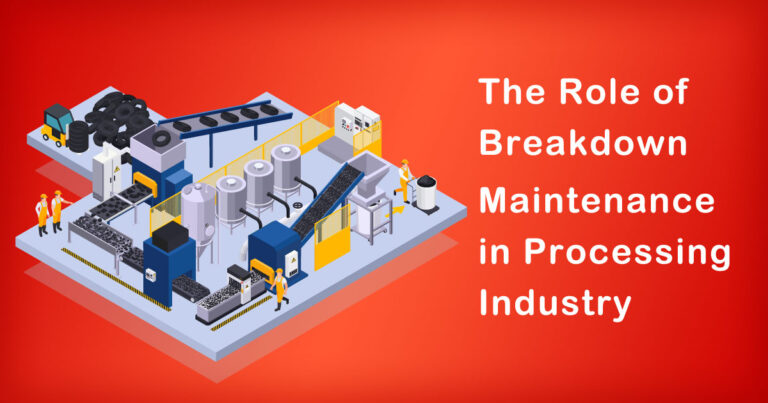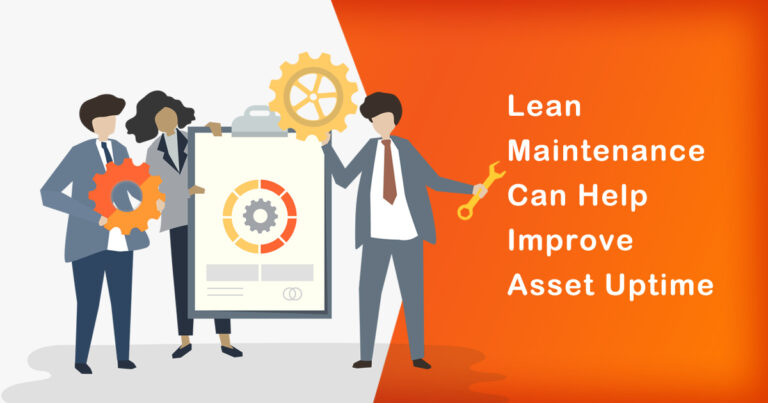Introduction
In today’s dynamic industrial landscape, where uptime and efficiency are critical, preemptive maintenance emerges as a proactive strategy that organizations in India are increasingly adopting. Unlike reactive maintenance, which addresses issues after they occur, preemptive maintenance focuses on preventing failures before they disrupt operations. This approach not only enhances equipment reliability but also optimizes resource utilization and reduces overall maintenance costs.
Understanding Preemptive Maintenance
Preemptive maintenance, often referred to as preventive maintenance, involves scheduled inspections, repairs, and replacements aimed at mitigating potential failures. Unlike traditional reactive approaches, where equipment is fixed only after it breaks down, preemptive maintenance is driven by predictive analytics, historical data, and industry best practices. By preemptively addressing wear and tear, organizations can extend asset lifespans and maintain operational continuity.
Benefits of Preemptive Maintenance
Improved Equipment Reliability
By conducting regular inspections and addressing minor issues promptly, preemptive maintenance prevents equipment breakdowns that could lead to costly downtime. In sectors such as manufacturing, energy, and transportation in India, where downtime can significantly impact production schedules and customer commitments, preemptive maintenance ensures continuous operations.
Cost Savings
While upfront costs for preemptive maintenance may seem higher due to regular inspections and part replacements, the long-term savings outweigh reactive approaches. By avoiding unexpected breakdowns and emergency repairs, organizations reduce the need for costly replacements and maintain predictable budget allocations for maintenance.
Enhanced Safety and Compliance
In industries governed by stringent safety regulations, such as pharmaceuticals, chemicals, and food processing, preemptive maintenance plays a crucial role in ensuring equipment operates within prescribed safety standards. Regular inspections and compliance checks mitigate risks associated with equipment failures, protecting both workers and the environment.
Optimal Asset Utilization
Preemptive maintenance allows organizations to maximize the operational efficiency of their assets. By identifying and rectifying potential issues before they escalate, companies can optimize asset utilization, minimize idle time, and improve overall productivity. This is particularly beneficial in sectors like logistics and telecommunications, where equipment uptime directly impacts service delivery.
Sustainability and Environmental Impact
In India’s growing focus on sustainable practices and environmental stewardship, preemptive maintenance contributes significantly by reducing waste and energy consumption associated with emergency repairs and replacements. By prolonging asset lifespans through proactive care, organizations align with global sustainability goals and reduce their carbon footprint.
Implementing Preemptive Maintenance in India
Data-Driven Approach
Effective preemptive maintenance in India relies on robust data collection, analysis, and interpretation. Leveraging IoT sensors, predictive analytics software, and historical maintenance records, organizations can forecast equipment performance trends and schedule maintenance activities accordingly.
Skilled Workforce
Investing in skilled technicians and engineers is crucial for the success of preemptive maintenance programs. In India, where technical expertise is abundant but specialized training is essential, organizations benefit from continuous training and certification programs that enhance workforce capabilities in diagnostics and preventive techniques.
Regulatory Compliance
Adhering to local regulatory requirements is paramount for preemptive maintenance programs in India. Industries must stay updated on evolving safety and environmental standards, ensuring that maintenance practices align with legal obligations and industry benchmarks.
Continuous Improvement
Continuous evaluation and feedback mechanisms are integral to preemptive maintenance strategies. By monitoring key performance indicators (KPIs) such as mean time between failures (MTBF) and mean time to repair (MTTR), organizations can refine maintenance schedules, optimize resource allocation, and achieve higher operational efficiencies over time.
Case Studies and Success Stories
Automotive Sector:
A leading car manufacturer in India implemented preemptive maintenance across its production lines, resulting in a 20% reduction in downtime and a 15% increase in production output within the first year.
Healthcare Industry:
Hospitals in metropolitan cities adopted preemptive maintenance for critical medical equipment, ensuring uninterrupted patient care and compliance with regulatory standards.
Conclusion
In conclusion, preemptive maintenance represents a paradigm shift from reactive to proactive maintenance practices in India’s industrial ecosystem. By prioritizing reliability, cost-effectiveness, and regulatory compliance, organizations can achieve sustainable growth, operational excellence, and competitive advantage. As industries evolve and technologies advance, preemptive maintenance will continue to play a pivotal role in shaping the future of maintenance strategies across diverse sectors in India. Implementing preemptive maintenance requires a strategic commitment to innovation, data analytics, and skilled workforce development. As India progresses towards becoming a global manufacturing and technology hub, preemptive maintenance will serve as a cornerstone for driving efficiency, sustainability, and resilience in the industrial landscape.


